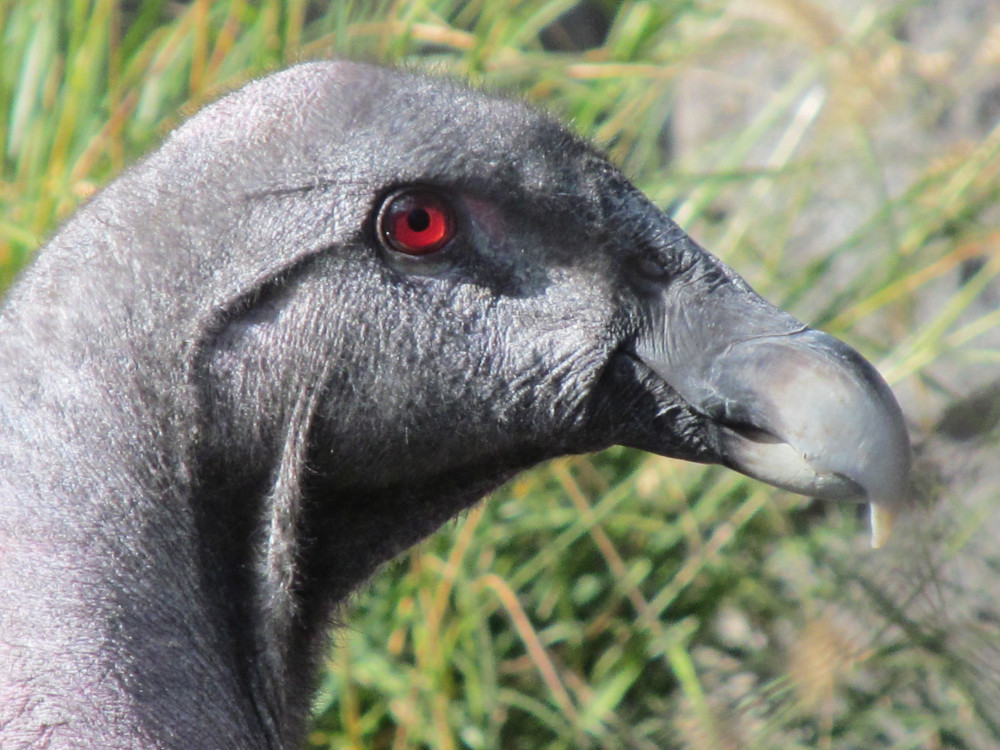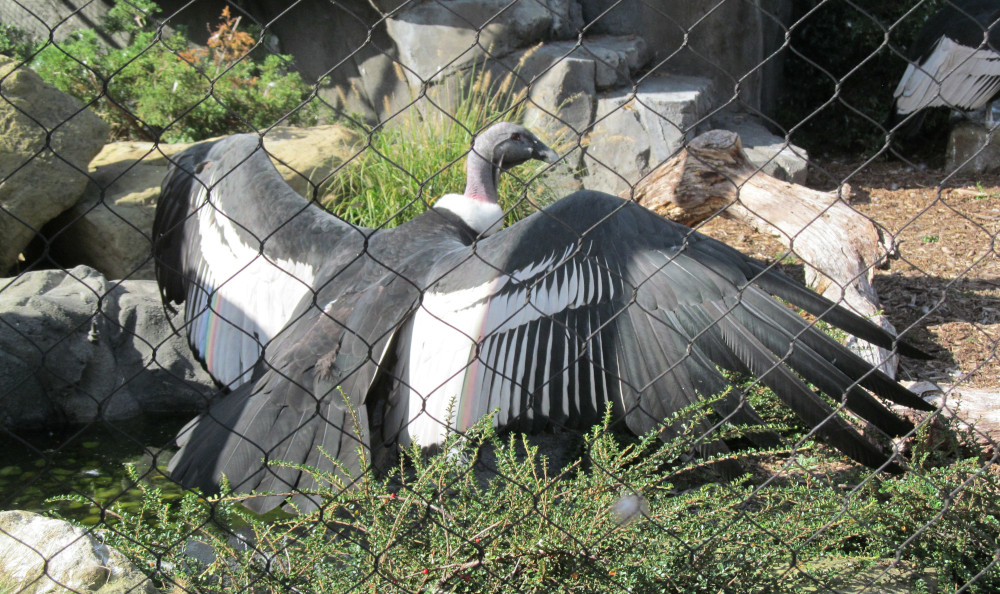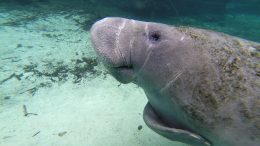The Santa Fe River starts high in the forests of New Mexico’s Sangre de Cristo mountains and flows 46 miles to the Rio Grande. Along the way it plays important roles for wildlife, irrigation, recreation and other cultural uses, and provides 40% of the water supply for the city of Santa Fe’s 85,000 residents.
But some stretches of the river don’t flow year-round, and that means parts of this vitally important water system could lose federal protections under changes to clean-water rules just passed by the Trump administration.
The administration’s new Navigable Waters Protection Rule replaces the Obama-era Waters of the U.S. (or WOTUS) rule that defined which waterways were protected under the Clean Water Act. The Obama administration broadened and clarified which waters were safe, but the new rule takes a much narrower view. Under the changes many waterways lose federal protection. That includes ephemeral streams and rivers that depend on seasonal precipitation — like parts of the Santa Fe — as well as waters that cross state boundaries and wetlands that aren’t adjacent to major water bodies.
This loss of protections means pesticides, mining waste, and other pollutants can be dumped into these streams and unconnected wetlands can be filled for development without running afoul of federal authorities.
“This puts drinking water for millions of Americans at risk of contamination from unregulated pollution,” Blan Holman, a senior attorney at the Southern Environmental Law Center, told The New York Times. “This is not just undoing the Obama rule. This is stripping away protections that were put in place in the ’70s and ’80s that Americans have relied on for their health.”
The rule flies in the face of basic science about river ecology and groundwater, according to the Environmental Protection Agency’s own scientists. Even if streams don’t flow all the time or wetlands don’t touch major bodies of water, dumping pollutants into them can still harm the watershed — and by extension drinking water and wildlife.
The Trump administration promised these changes would offer more control to states, but many state officials say they find the new rules problematic, confusing and potentially dangerous.
“One of our biggest concerns with the final rule is that it’s not rooted in sound science,” says Rebecca Roose, water protection division director of the New Mexico Environment Department. “And there was really no attempt by the agency to reconcile the final rule with the scientific basis for the 2015 WOTUS rule and advice from the scientific community.”
While these changes will be felt in every state, they won’t be felt equally.
Some states may not be equipped to deal with what’s coming, says Jen Pelz, an attorney and biologist at the nonprofit group WildEarth Guardians.
Weak Links
To understand these changes, it helps to look to the East Coast, where the 64,000 square-mile Chesapeake Bay watershed touches six states and the District of Columbia. Decades of concerted effort and millions of dollars have helped clean up and protect its network of creeks, streams, rivers and wetlands that flow into the tidal bay.
Experts fear the new rule could undo some of that effort.
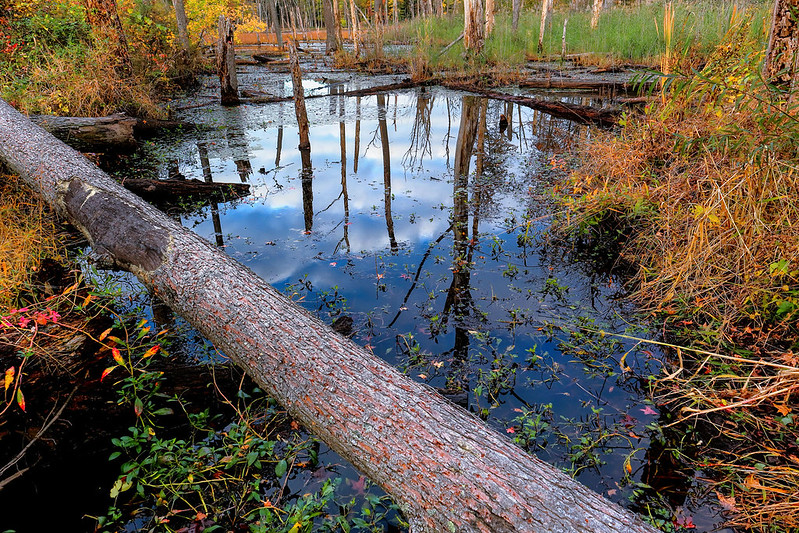
The most damage could come from Delaware, West Virginia and the District of Columbia, which lack strong state laws to protect waters. In Delaware alone, 200,000 acres of wetlands could now be susceptible to pollution or drained and filled for development, the Chesapeake Bay Foundation reported.
Wetlands like those in the Chesapeake serve as a critical safeguard for filtering water pollution, according to the EPA. Coastal wetlands can also help prevent floods and storm surges, with are both likely to increase with climate change and sea-level rise.
And this weakening of protections in some states in the region could harm the entire multistate watershed because of the interconnected nature of waterways.
“Wetlands that are not connected on the surface with rivers are vital parts of a river network and significantly influence water quality, the rate of flow and the biological communities in larger rivers,” Ellen Wohl, a professor of geosciences at Colorado State University and an expert in river systems, told The Revelator last year, when the rule change was proposed. Even when there’s no surface connectivity, wetlands “can still be connected below the ground with other portions of the drainage basin,” she explained.
That’s an issue not just in the Chesapeake. Holman expressed concern about how it will affect states across the South. The rollback of protections is likely to affect drinking-water quality — and the states with the least resources to handle more pollution will be hit hardest.
“Who loses when that protection is removed? The people living downstream,” Holman wrote recently in The Guardian. “They will have dirtier drinking water and more flooding. This is especially true in the South, where state environmental agency staff are routinely underfunded, understaffed and overwhelmed by pro-polluting politics and industries.” The Clean Water Act previously leveled the playing field for these communities across the country, but now that’s gone.
State Safeguards
Those states with stronger state-level environmental laws, however, will be less vulnerable.
California, for example, has enacted state laws that protect all its wetlands and ephemeral streams. That means the clean water rollbacks would be less damaging — but it doesn’t mean that California is entirely unaffected.
Federal funding that helps support water-quality protections in the state would be lost and — just like in the Chesapeake watershed — there’s concern about waterways that cross into California from other states like Oregon, Arizona and even Colorado.
“Ephemeral streams across the Colorado River Basin states and Oregon contribute significant volumes of water to rivers flowing adjacent to and into California,” says George Kostyrko, director of the Office of Communications for California’s State Water Resources Control Board. “Millions of Californians and hundreds of thousands of acres of farmland in the Imperial and Coachella valleys depend on Colorado River water that will no longer have minimal federal protections.”
Will the feds step in if one state’s waters start to cause pollution in another? California officials aren’t so sure.
Today’s announcement is an unlawful assault on the Clean Water Act and we’re prepared to take action.
California is not interested in going back to the days when backroom deals and dirty water were the norm. #WOTUS https://t.co/6p22BKK5mq
— Xavier Becerra (@AGBecerra) January 23, 2020
“Generally, the Clean Water Act will still require federal agencies to follow state water laws,” Kostyrko says. “We have grave concerns about how the federal administration could push boundaries here, though.”
Costly Burden, Bigger Picture
The rule was sold to states as a way to boost their authority and give them more control over how waters within their boundaries are designated.
“All states have their own protections for waters within their borders and many already regulate more broadly than the federal government,” EPA Administrator Andrew Wheeler said in a statement announcing the rule.
Unfortunately, that’s not true for states like New Mexico.
“The premise that all states are capable of addressing water quality issues in their state is false,” officials from the New Mexico Environment Department wrote in their public comments on the rule last year. “Not all states can implement a robust and successful water quality program without significant federal assistance.”
Roose says they originally estimated that around 96% of New Mexico’s waterways would lose federal protections. Since the final rule has been released, they’re re-evaluating it and believe it may be slightly less, but the vast majority of the state’s waterways would still fall outside the scope of federal jurisdiction under the new rule.
For a state with the second-worst economy in the United States, that poses some big problems.
New Mexico is already more reliant than most states on the federal government’s help implementing Clean Water Act regulations. Under the Act certain programs, like the National Pollution Discharge Elimination System, which issues permits to regulate pollution discharges from large sources like mining operations, municipal sewage-treatment plants and big construction operations, can be relegated to states. But New Mexico is one of just three states where the federal government administers and enforces the program.
With the federal government now relinquishing regulatory authority to huge amounts of New Mexico’s waterways, the state will need to find a way to fill those gaping holes to protect water quality — a process that won’t be easy, cheap or fast.
“If we already had a built-in program for permitting discharges to our surface waters, then we might be able to pick up that regulatory permitting slack with existing state and rules, like some other states are planning to do,” says Roose.
She says the state will do all it can to leverage its groundwater program and other regulations as it begins to work with the legislature to find funding and build capacity for a new regulatory program. It’s a process that would take a minimum of three to four years at best, she estimates.
Barring legal challenges that result in an injunction, the rule would be implemented in just a few months.
That means that for years some drinking-water sources will be more at risk, and so will wildlife. In New Mexico this includes imperiled species such as the Gila trout, Chiricahua leopard frog, Jemez salamander, Rio Grande silvery minnow and yellow-billed cuckoo.
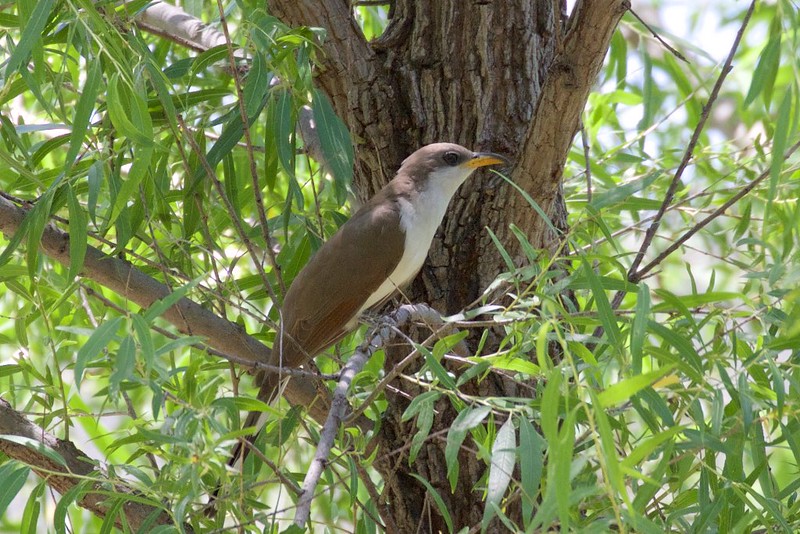
And that’s not all.
“We think of it not just in terms of water-quality protection for healthy rivers and streams for healthy aquatic ecosystems,” says Roose. “We think about it as also tied to our economic viability for recreation and also a cultural resource for many individuals and communities and native communities throughout the state. So this cuts to the heart of who we are as New Mexicans.”
She says the state is exploring all legal options to block the rule from taking effect, including possible multistate litigation. California has already declared that it will fight the rule change, and numerous other states and environmental groups are expected to work to block the measure, too.
The rule’s fate may rest in the hands of the court, perhaps even the Supreme Court, but could also hinge on who wins the next presidential election. And there’s a lot that could be litigated.
“The administration certainly didn’t conduct an analysis of what waterways would be impacted,” says Pelz. It will come down to how various definitions in the regulation are interpreted, which could lead to other legal challenges. “For example, ‘typical year’ is a term used to help determine what waterways are covered. What does that mean?” she asks. “Is it the 30-year average streamflow? Does it take into account a warming climate?”
She anticipates the rule will face a lot of scrutiny in the courts, but it’s also only one part of a bigger picture.
Pelz says it’s important to think about this rule in the context of the past three years and the litany of environmental rollbacks set in motion by the Trump administration. Bedrock environmental laws across the board have come under assault from the administration, ranging from the Migratory Bird Treaty Act of 1918 to the Endangered Species Act and National Environmental Policy Act.
“I think that the cumulative impact of all of these proposals is something that people aren’t really talking about,” she says. “We’re talking about the environmental safety net that has been in place since I was born. These fundamental environmental protections that we’ve all come to know as just a baseline are going to no longer exist.”
Editor’s Note: The Center for Biological Diversity, which publishes The Revelator, filed an intent sue the Trump administration on February 18 over the rule change. This story was in development before the announcement, and all content from The Revelator is editorially independent from the Center’s work.
![]()

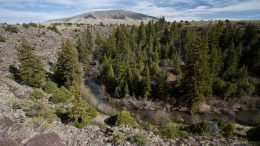
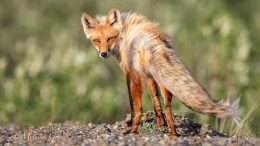



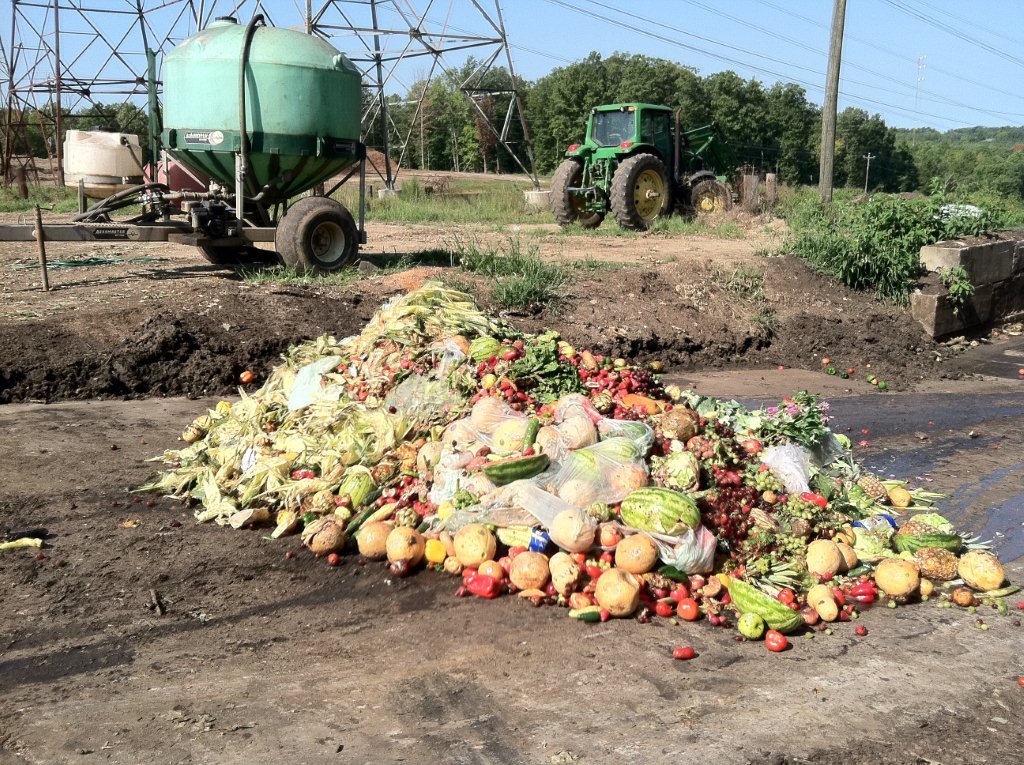
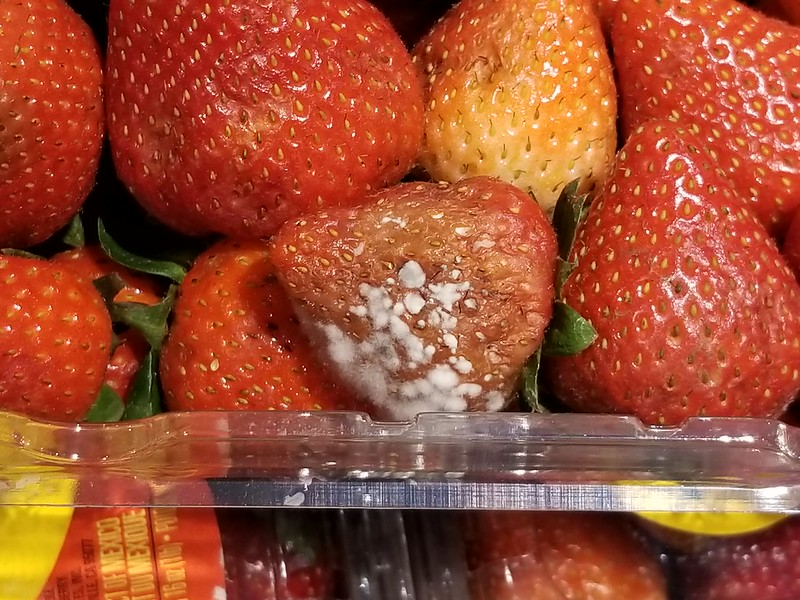
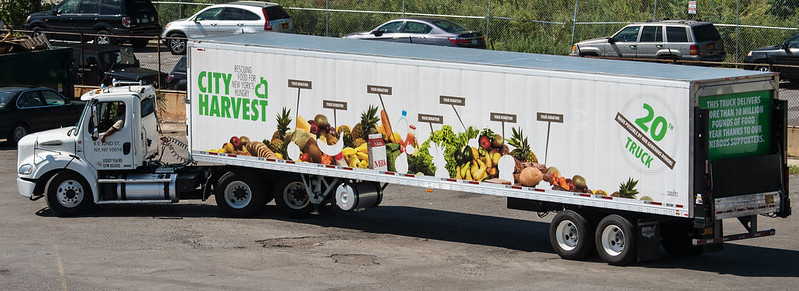
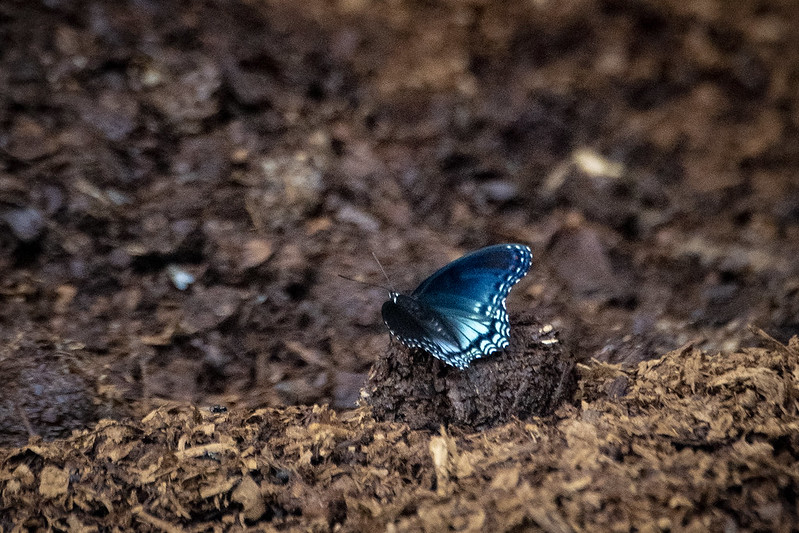
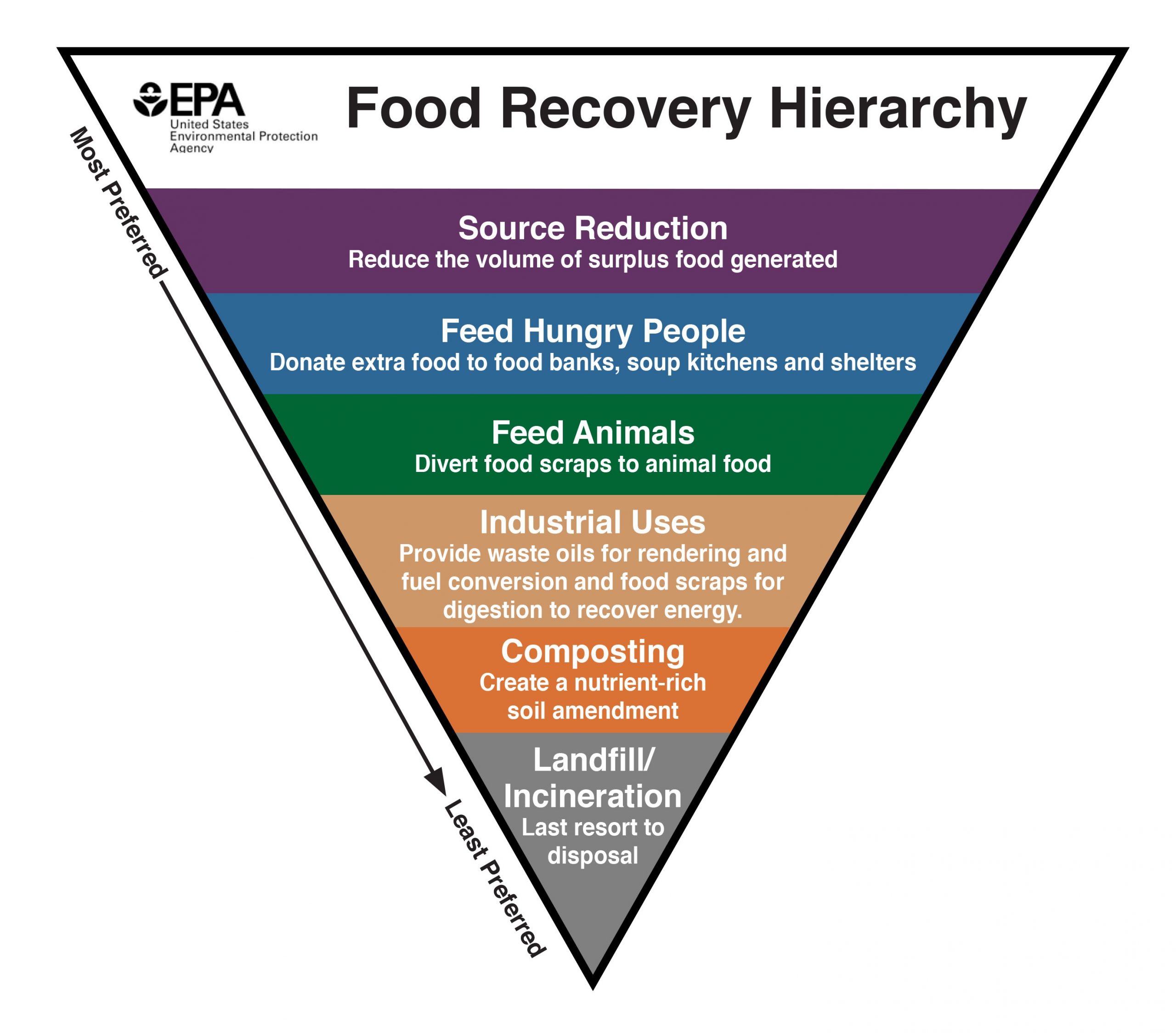
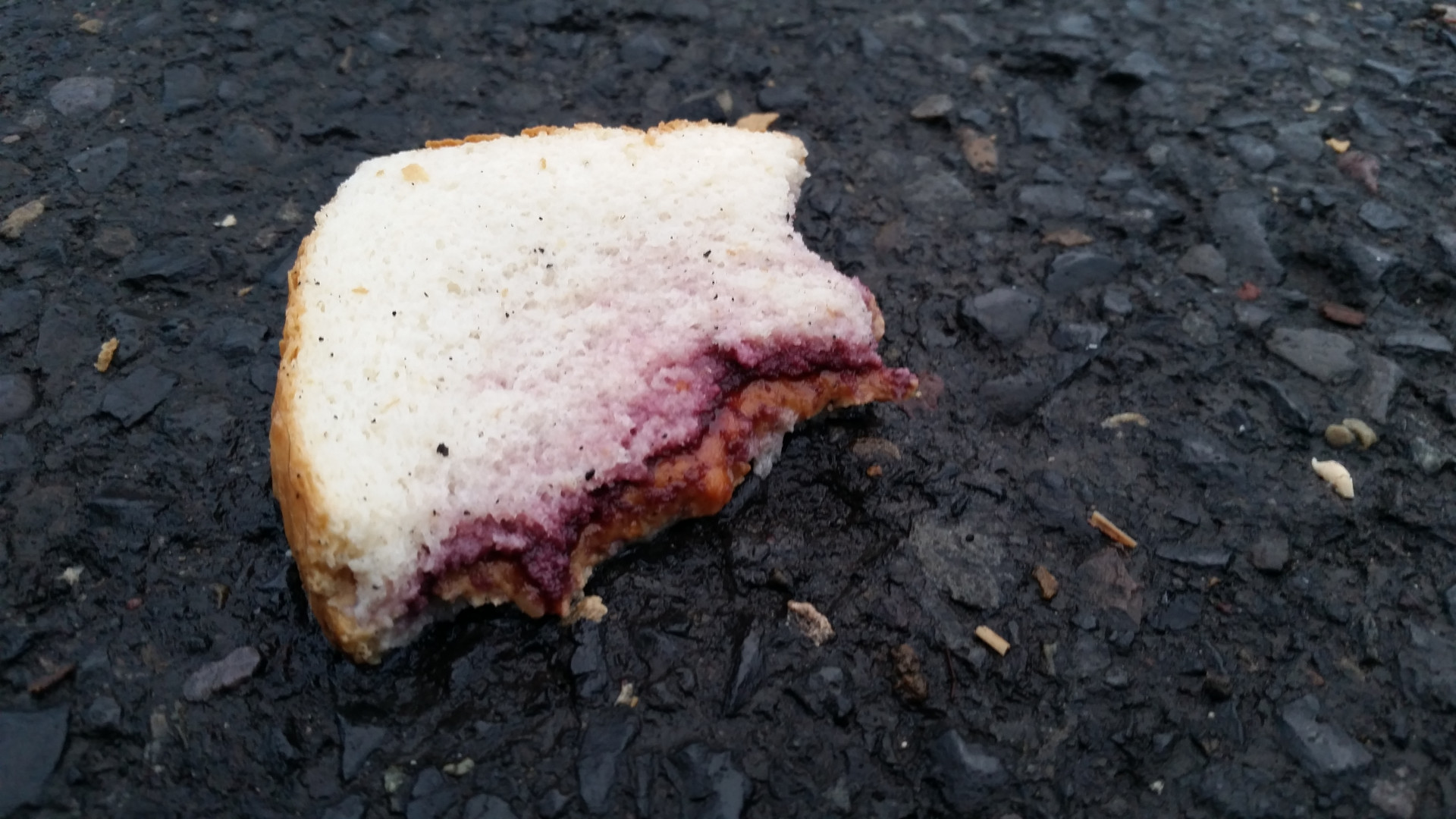

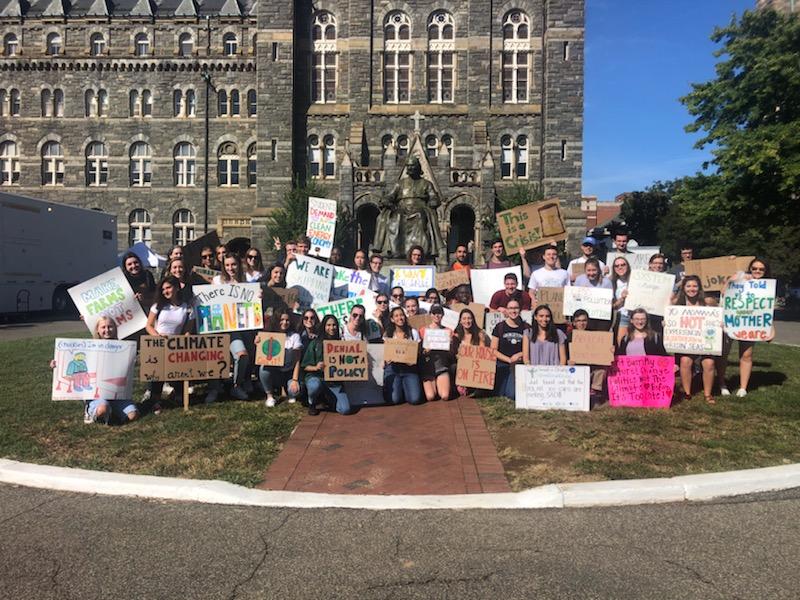

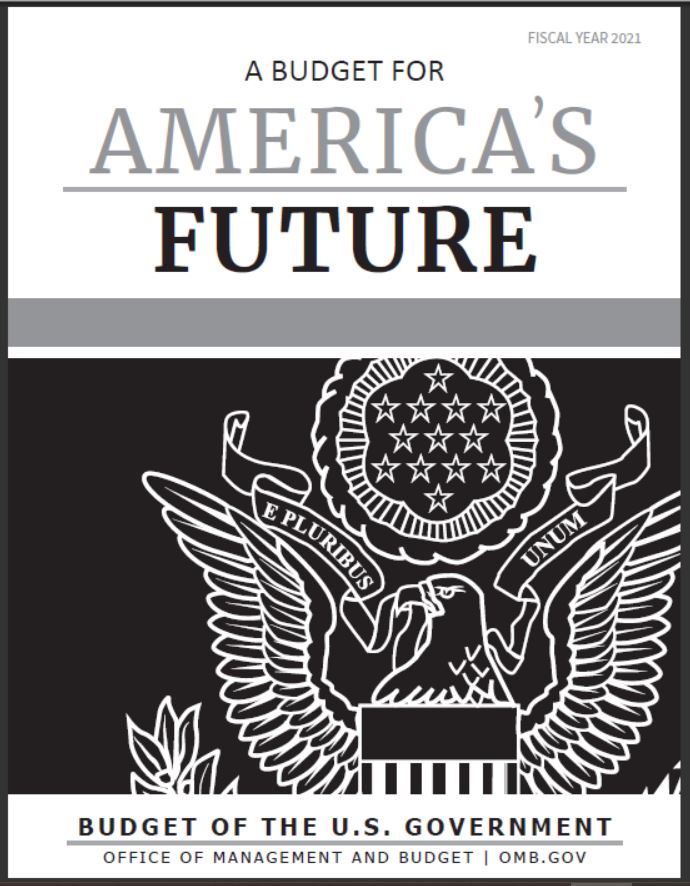 Of course, the annual presidential budget is more spectacle than anything else. The real budget each year comes from Congress, which may or may not take up the president’s suggestions.
Of course, the annual presidential budget is more spectacle than anything else. The real budget each year comes from Congress, which may or may not take up the president’s suggestions.

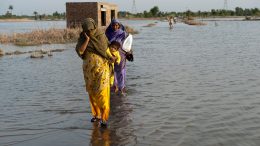
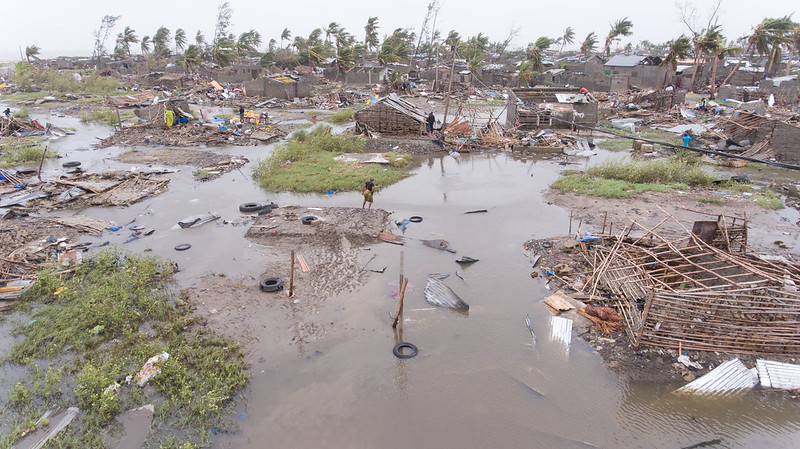
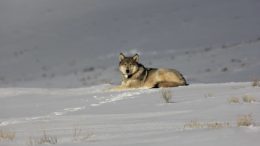
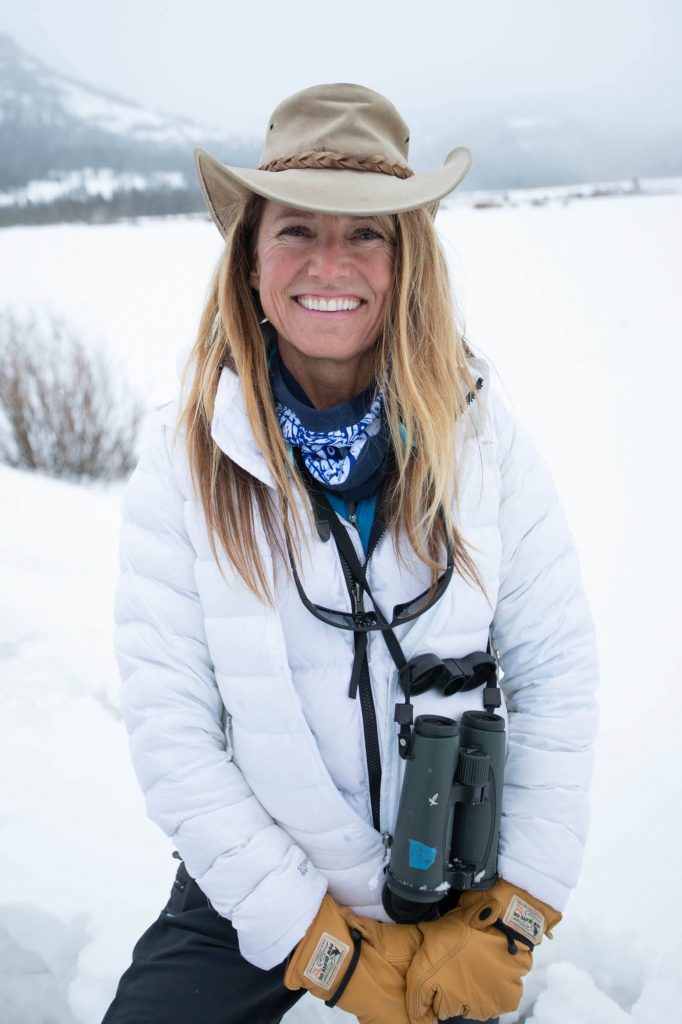

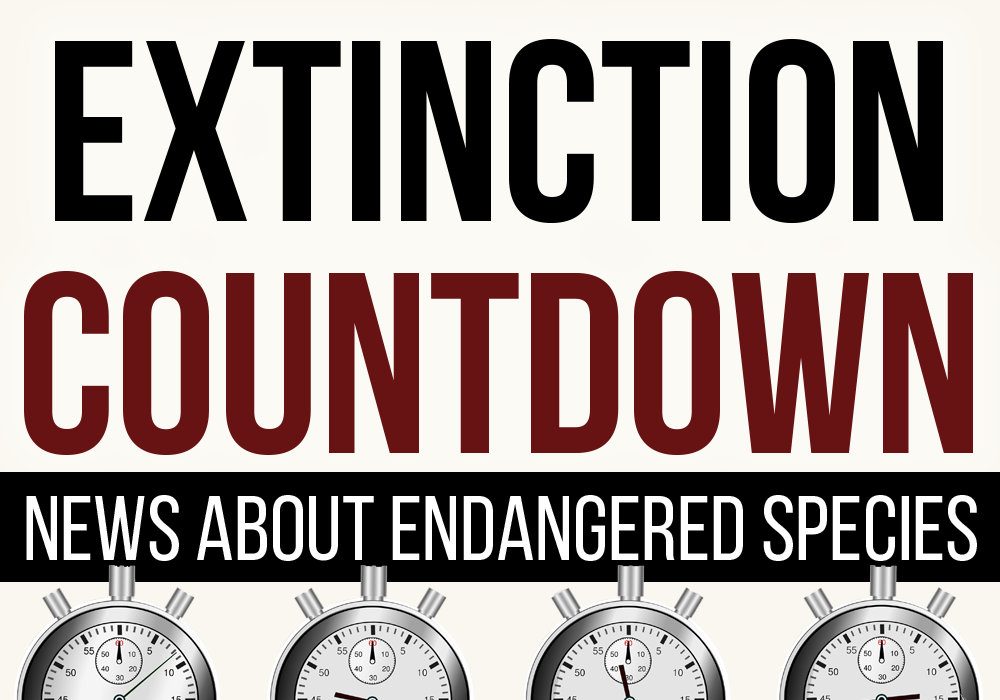 This gruesome scene has played out several times in Argentina in recent years. In one incident that made worldwide headlines,
This gruesome scene has played out several times in Argentina in recent years. In one incident that made worldwide headlines, 